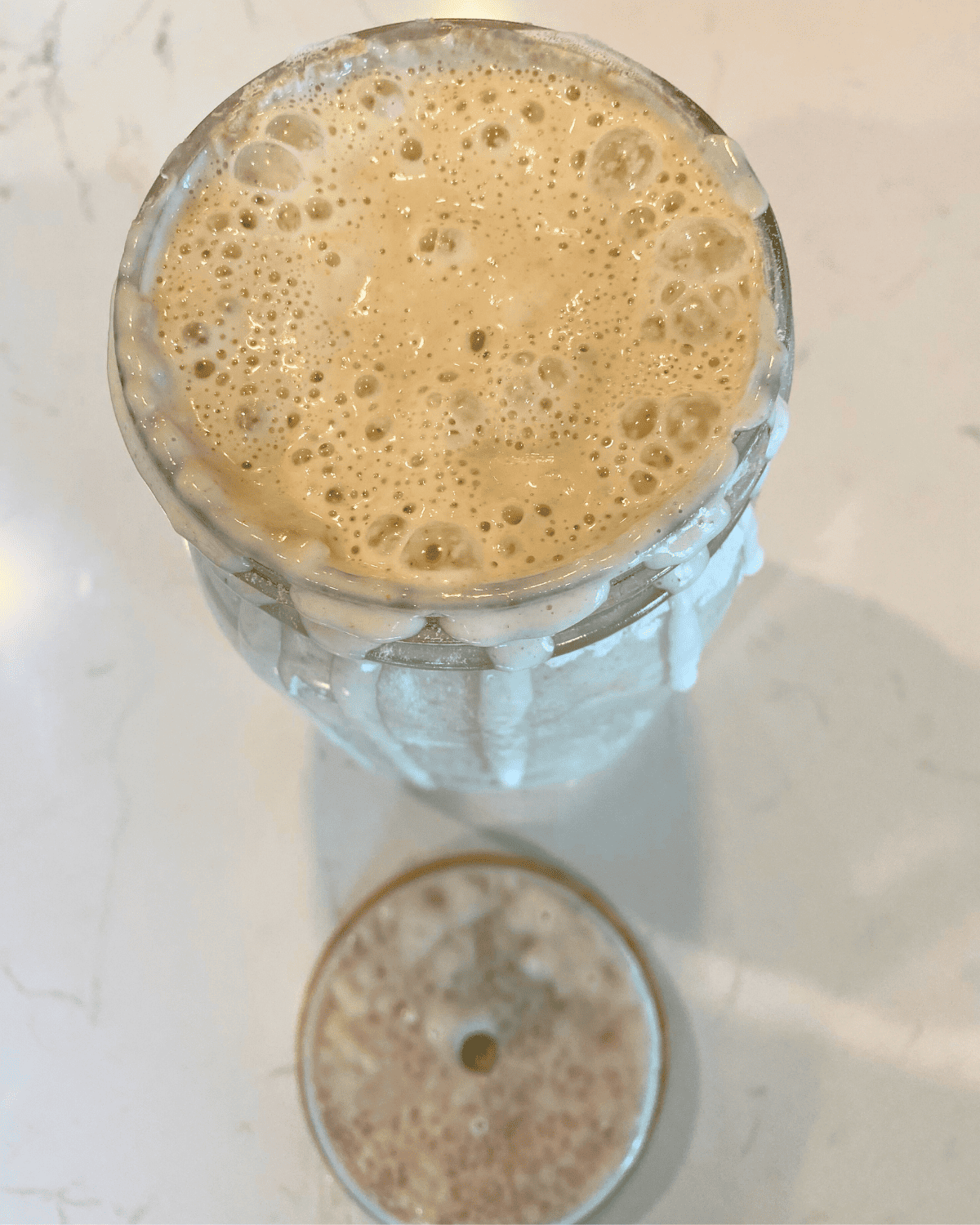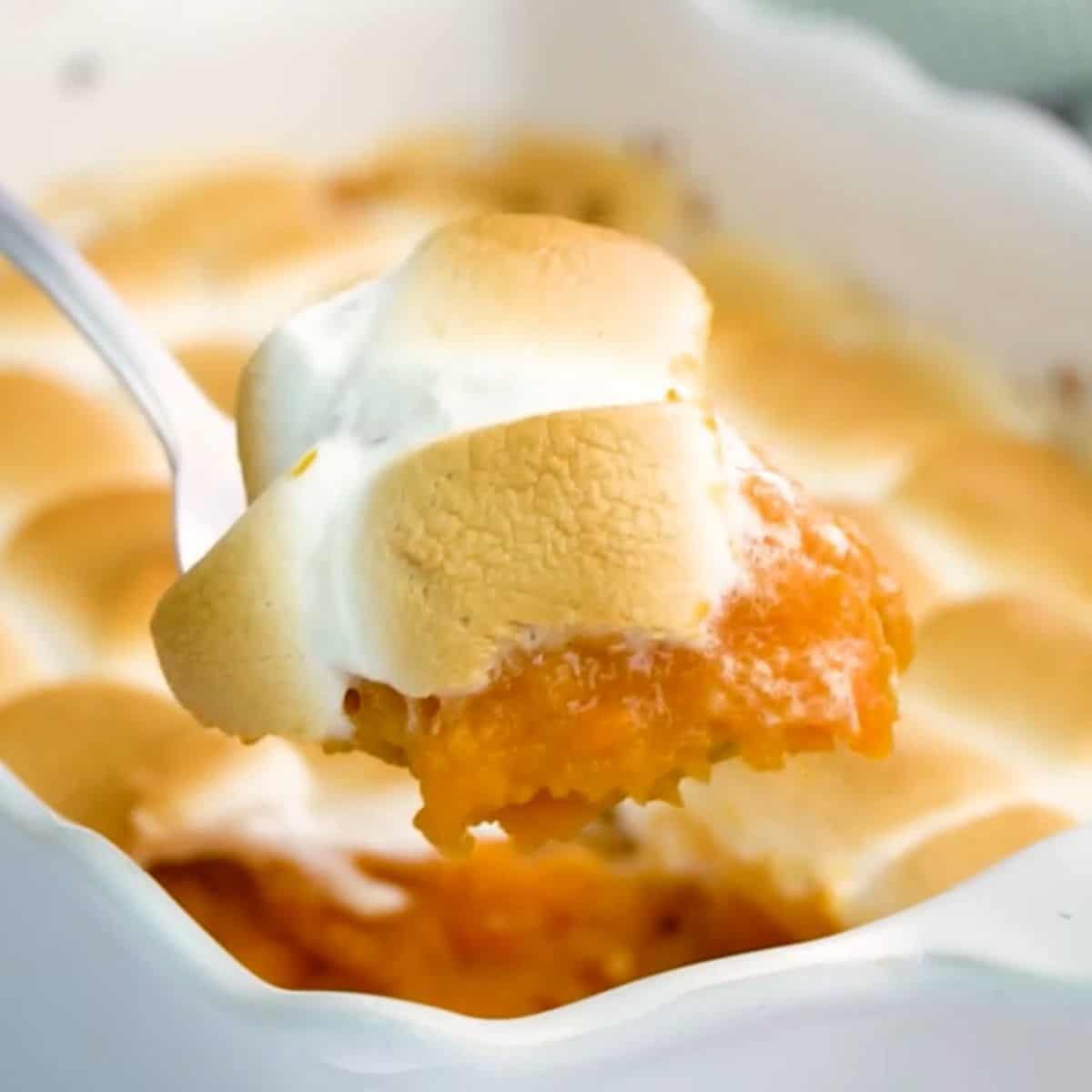You don’t need to know every term in this sourdough baking glossary to make great sourdough bread… This as a quick reference, so you know what all those fancy terms mean!

Ever scrolled through a sourdough recipe, or bakers chat, and felt like you were looking at ancient Egyptian hieroglyphics? It may look something like:
“I’m feeling a little lost with this last bake. My starter is active (floating like a champ!), but my bulk ferment just seems…stuck? No rise after hours, I did my autolyse and S&Fs. Maybe my hydration is off? (Using 75%, but the dough feels crazy sticky). Any advice?”
Those fancy terms can make anyone feel like giving up on that perfect loaf!
Sourdough Baking Glossary
I’m breaking down sourdough baking terms into bite-sized pieces (pun intended!) This sourdough baking glossary is organized step-by-step through the baking process from start to finish, (it’s not alphabetically organized).

Sourdough Starter
This is the magical heart of sourdough! It’s a mix of flour and water that, over time, grows wild yeasts and friendly bacteria. These guys are responsible for the rise and tangy flavor of your sourdough bread.
Activation
Waking your starter up from a break in the fridge by feeding it fresh flour and water. it’s like giving your starter a good breakfast to get it bubbly and active for baking. An active starter should double in size in about 4-8 hours after feeding.
Float Test
A float test is a simple way to test your starter to see if it’s active enough to bake with. You simply drop a bit of starter in water… If it floats, it’s ready!
Hooch
That yellowish liquid that sometimes appears on your starter before you feed it? Hooch, a harmless byproduct of the fermentation process. You can discard it before feeding, or just stir it in.
Autolyse (Rest & Hydrate)
Before mixing and building gluten, we take a break for autolyse! This simply means gently mixing your flour and water together, then letting the dough rest for 20 minutes to two hours.
Something magical happens during autolyse. The water hydrates the flour, when the starches absorb moisture the gluten proteins begin aligning. This short rest makes a big difference in the final dough! It makes it smoother, more extensible, and easier to handle… For sourdough bread with better texture and flavor!
Levain
Levain is just a fed and bubbly portion of your sourdough starter that you’ll use to kickstart the fermentation in your dough.

Danish Whisk
This long, skinny whisk with loopy coils is a lifesaver for gently mixing wet dough without losing the air bubbles.
Hydration
Sourdough Hydration refers to the water content in your dough.
Higher hydration doughs (70% and up) are wetter and stickier, and lower hydration doughs (around 60%) are drier and easier to handle.
Higher hydration doughs may be challenging for beginners, but they make a great loaf with an open crumb!
My easy sourdough bread recipe for beginners is a high hydration dough that’s a little stickier but has a great crumb!
Gluten
Gluten is the protein network in flour that gives dough its structure and elasticity. Think of it as the stretchy bands that hold your bread together.
Enriched Dough
Some sourdough recipes might call for enriched doughs, which have added ingredients like eggs, butter, or milk. These make sourdough breads richer with a softer texture.
I used an enriched dough for the softest sourdough rolls, moist sourdough cornbread, and the best sourdough cinnamon rolls!
Sourdough Rising Terms Explained
Bulk Rise (First Rise)
After the autolyse and incorporating the levain, the dough rests in a large bowl for several hours.
During this time, the wild yeasts and friendly bacteria in the levain go to work, producing carbon dioxide gas and organic acids. This gas inflates the dough, causing it to rise and become bubbly.

Stretch and Folding (S&F)
Stretch and folds are a gentle technique where you stretch the dough, then fold it over itself several times. This develops the gluten without making the dough tough.
Stretch and folds develop gluten by stretching the gluten strands and then allowing them to relax again.
Learn how to stretch and fold sourdough bread here.
Coil Folds
A specific way of doing S&F where you kind of fold the dough like a business letter, building strength and shaping the dough.
Bench Rest
Letting the dough rest on your counter in between folds or shaping. This allows the gluten to relax and makes it easier to handle.
Second Rise (Proofing)
After shaping, the dough gets another rise in a basket or banneton. This is the final puff-up before baking. I do my second rise in the fridge for most loaves;)
Sourdough Shaping & Baking Terms:
Lamination
Folding layers of butter or another fat into the dough, creating a flaky and tender texture. This method is used to make croissants, and pastries.
Tensioning
When shaping your dough, you want to create a nice surface tension. (Imagine a taught balloon – that’s the kind of gentle tightness you’re aiming for.)
To create Tension, use a little flour on your work surface and hands. Too much flour makes it harder. Gently stretch the dough outwards with your fingertips, then fold it back onto itself, like a business letter. Repeat a few times. Use the heels of your palms to push the dough gently away from you on the counter. Then, with your fingertips, pull the dough back towards you, folding it slightly over itself. Repeat this push-pull motion a few times, rotating the dough 90 degrees each time.
Once you’ve got a nice round shape, pinch the seam closed at the bottom. Give it a final gentle squeeze all around to create a smooth, taught surface – like a balloon!
Cold Retard
Slowing down the fermentation process by sticking your dough in the fridge is called a cold retard. This allows the sourdough to ferment much slower, it deepens the flavor, and makes the dough easier to handle.
A cold retard can also help give your sourdough bread better oven spring! While the fermentation slows, the gases produced by the starter gets trapped inside the dough. Trapped gas acts like a reservoir, that gets released when the dough warms up in the oven!

Proofing Basket (Banneton)
A beautiful basket (often made of cane) that helps the dough keep its shape during proofing. It also dusts the surface of your bread with flour for a classic look.
Couche
A proofing cloth used for shaping certain types of breads, like batards.
Boule
The French word for a round loaf of bread. A boule (pronounced “bo͞ol”) is the French word for a round loaf of bread. It’s a classic sourdough shape, characterized by its smooth, round form that resembles a squashed ball.
Boules are popular because they’re relatively simple to shape and require minimal shaping techniques.

Score
Cutting shallow designs on the top of your proofed dough before baking. This helps the bread open up nicely and prevents it from tearing.
There are so many different ways to score your bread… You can make extravagantly beautiful loaves, or just one score mark for a simple boule! Pictured above is a sourdough boule with a cross score;)
Belly
In sourdough terms, “belly” refers to the rounded top surface of your baked bread. It’s the part that gets the most oven spring (rise) during baking.
Bread Lame
A razor blade set in a handle, used for scoring the dough.
Dutch Oven
This magical pot traps steam while baking, creating a perfect environment for your sourdough to rise and develop a beautiful crust.
Sourdough Baking Glossary – Finished Bread Terms:
Ear
The sourdough baking term ear refers to that distinctive flap or tear that sometimes appears on the top crust of your loaf. It forms during the baking process and adds a touch of rustic charm to your bread.
Ears can appear when you score the top of your proofed dough before baking. Scoring creates a controlled weakness in the dough’s structure. As the dough expands in the hot oven due to trapped gases, it bursts open along the score line, forming the ear.
This easy sourdough bread recipe can create great ears!
Oven Spring
The burst of rise that happens when your dough hits the hot oven.
Crumb
The inside texture of your baked bread. A good sourdough will have a light, airy crumb with holes (alveoli) created by the gases during fermentation.

Blisters
Those beautiful golden bubbles that sometimes appear on the crust of your bread. They add a nice flavor and texture.
Those beautiful golden bubbles on your sourdough crust are caused by rapid steam release during the early stages of baking.


About Juliea
Juliea Huffaker is the creator of Farmhouse Harvest, and dedicated to teaching from-scratch cooking, sourdough baking, gardening, and food preservation. With over 25 years of hands-on experience she has preserved hundreds of jars of produce, mastered the art of meats and sourdough baking, and nurtured a thriving organic garden. Her recipes and articles have been featured across the web. And she’s passionate about inspiring others to embrace a simpler, self-sufficient life style.









